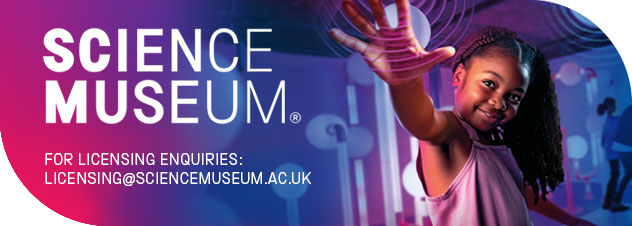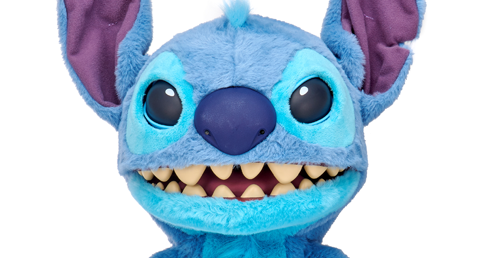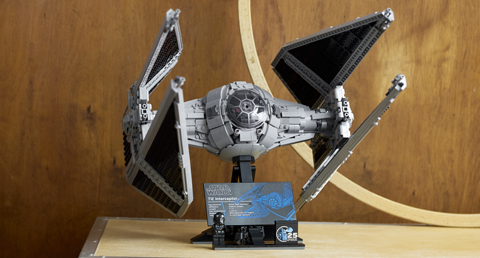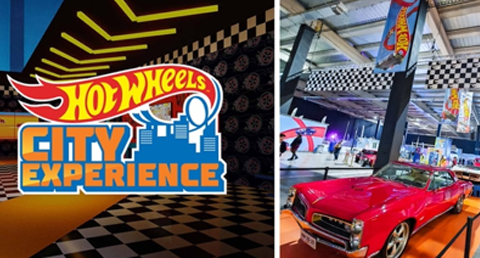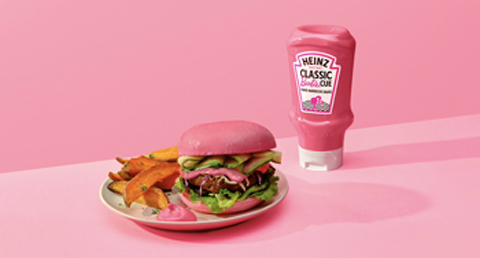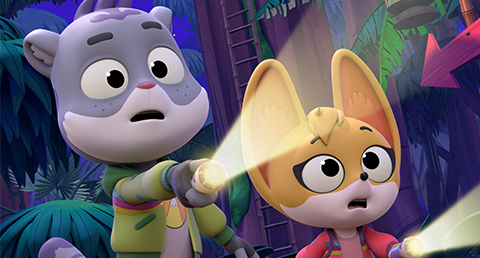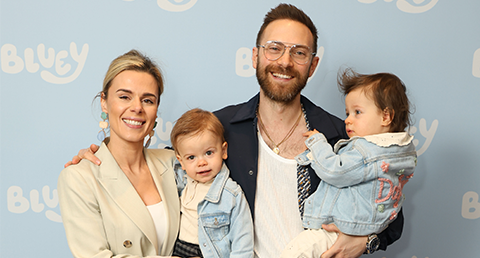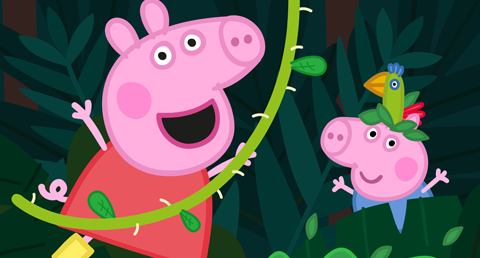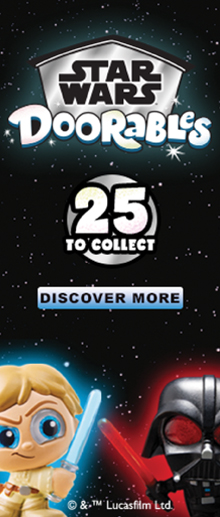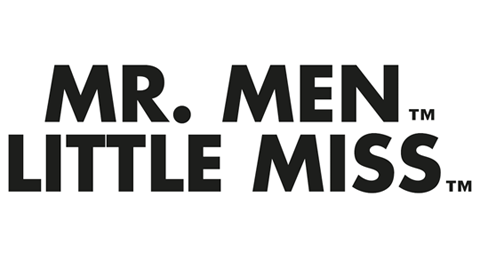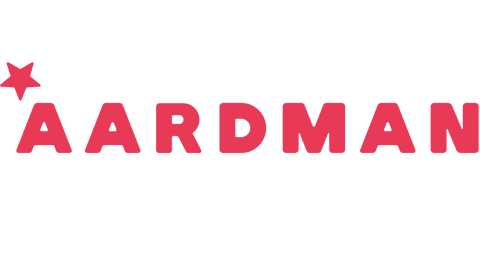In its first full calendar year of sales back in 2018, BuzzFeed’s licensing division totalled $135 million in licensed products. By the end of 2019, it had almost doubled that with $260 million. It’s according the media platform’s SVP of global brand licensing, Eric Karp that the company is now on track to surpass $400 million by the end of 2020.
It’s fair to say, that BuzzFeed has so far made quite the success story out of its move into the licensing arena; but really, things are only just starting to get underway. It’s off the back of the media company’s latest move with Haven Global to take its Tasty culinary brand into the international space that the company details its overarching growth plans to Licensing.biz.
Its plans don’t end with the food and beverage sector. BuzzFeed has its sights firmly on the emerging Wellness market, as well as the already popular DIY space, too.
“Our aim is to build a category-leading global licensed consumer products for our culinary brand Tasty, expand and scale our wellness vertical Goodful, and initiate similar programs with our DIY vertical Nifty and our travel vertical Bring Me,” Karp tells us.
We sit down with BuzzFeed’s global brand licensing SVP to learn more about these plans.
So, BuzzFeed – a game changing name and platform in the media space – what is it you guys are looking to achieve in the licensing sector?
Our licensing division started in August of 2017. The full calendar year of 2018 we sold $135M worth of licensed products, in 2019 we sold $260M, and we are on track to surpass $400M in 2020.
Our aim is to build a category-leading global licensed consumer products for our culinary brand Tasty, expand and scale our wellness vertical Goodful, and initiate similar programs with our DIY vertical Nifty and our travel vertical Bring Me.
How do you begin to position yourself in the licensing and consumer products space – What does BuzzFeed bring to the table here?
Two things. Firstly, our positioning: we are a lifestyle brands publisher 3.0 – our content is distributed across the web, primarily the social webs. Lifestyle brands publishers 1.0 (eg Conde Nast, Hearst) use print magazines as their platform, and broadcast/cable TV could be considered 2.0.
That we distribute our content to communities online gives us the ability to communicate with them dynamically and persistently, and to inform them about our product offerings. This is a huge point of differentiation and a major strength.
Looking at Tasty in particular, what do you think this brand brings to the food and beverage licensing sector? How will you position yourselves within this sector?
We don’t enter a major category or a product subcategory without first getting hard validation from our data science team that Tasty can win in that space, ie, that our audience uses those products and has a high intent to purchase.
We then speak openly with retail buyers and divisional leads about the white spaces and pain points in their modulars and how Tasty (and our manufacturing partners) can be of service to their needs. We will not slap the Tasty name on just any food product; we are designing our program to solve the needs of the retailers and ultimately the shopper.
Why is now the right time to be bringing the Tasty brand into licensing? Likewise the BuzzFeed name itself? How has the evolution of media and content consumption allowed you guys to make this move?
Tasty has the largest engaged audience of any culinary brand worldwide. Having already sold 1M cookbooks and 5 million kitchenware units, we’ve already proven that the timing is right to expand into consumer products.
With the BuzzFeed master brand our aspirations are much more tactical: publishing, gifts, etc, but no cohesive programme with a major retail statement – currently.
What audience, products categories, and of course retailers are you looking at tapping into with your licensing programme?
It’s of critical importance to identify key product categories and retail destination before setting sail.
For a culinary brand like Tasty, the focus is on publishing, housewares and food and beverage. We will consider other categories but not allow ourselves to be distracted. Retail destination is really no surprise – we are looking primarily at the supermarket/hypermarket/
Retail is in a state of evolution right now, how are you guys positioning yourselves within this changing landscape? How can licensing maintain its place within the current retail scene?
Retail is evolving and as many stores falter and fail, others are changing their games and becoming more dynamic, more engaged in e-commerce, and more active in creating the experiential. When regional chains started to supplant mom-and-pops, retail didn’t die, it simply evolved and those who evolved along flourished.
When big box retailers started to supplant the regional chains, the same evolution occurred with those who then flourished. The big names in e-commerce are having a similar effect on current retail and the survivors/winners will be those who adapt.
BuzzFeed intends to be of service to all retailers who intend to evolve!
What’s next for both BuzzFeed and Tasty?
We have three more lifestyle brands beyond Tasty that we are developing for their respective markets: Goodful (mindfulness and wellness) transitioning from department store to major e-commerce platform, Nifty (DIY and home improvement), and Bring Me (travel and experience) coming to market soon.





